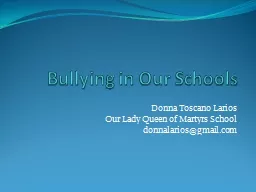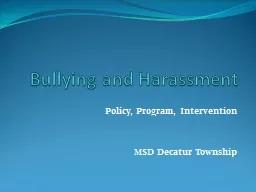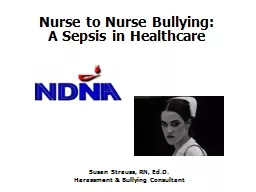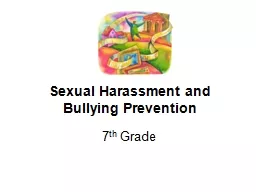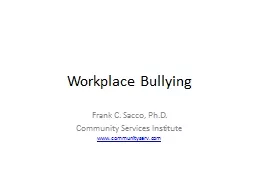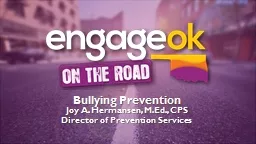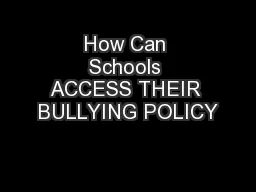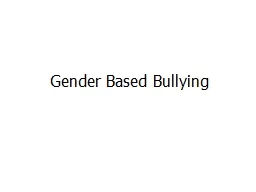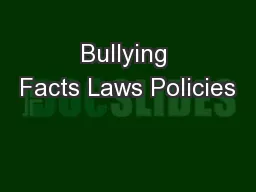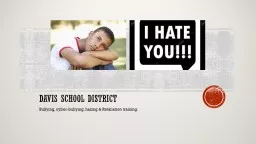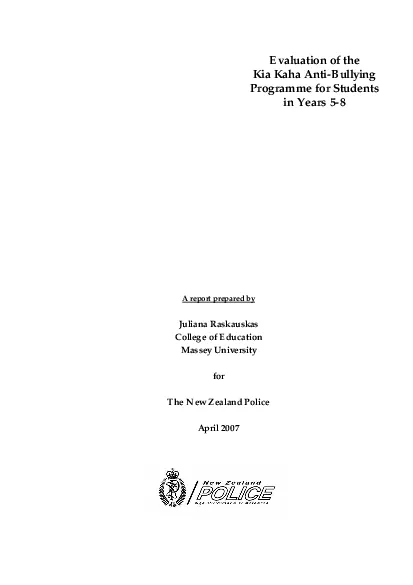PPT-Bullying in Our Schools
Author : phoebe-click | Published Date : 2018-01-19
Donna Toscano Larios Our Lady Queen of Martyrs School donnalariosgmailcom Steps of the Public Policy Analysis PPA 1 Define the Problem 2 Gather the Evidence
Presentation Embed Code
Download Presentation
Download Presentation The PPT/PDF document "Bullying in Our Schools" is the property of its rightful owner. Permission is granted to download and print the materials on this website for personal, non-commercial use only, and to display it on your personal computer provided you do not modify the materials and that you retain all copyright notices contained in the materials. By downloading content from our website, you accept the terms of this agreement.
Bullying in Our Schools: Transcript
Download Rules Of Document
"Bullying in Our Schools"The content belongs to its owner. You may download and print it for personal use, without modification, and keep all copyright notices. By downloading, you agree to these terms.
Related Documents

